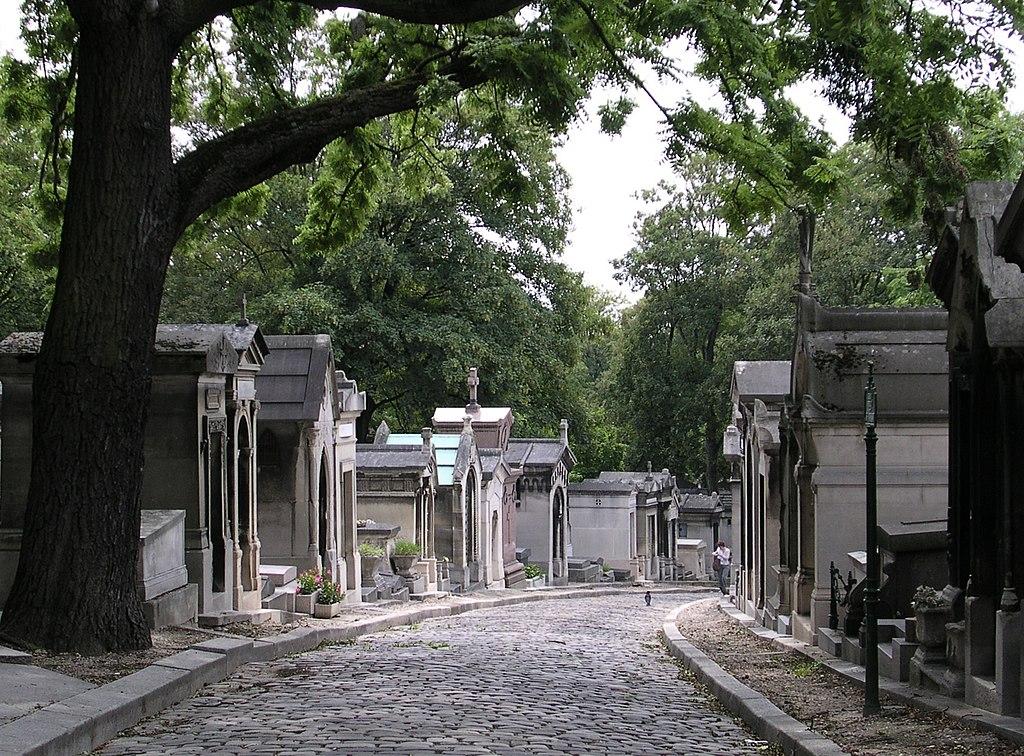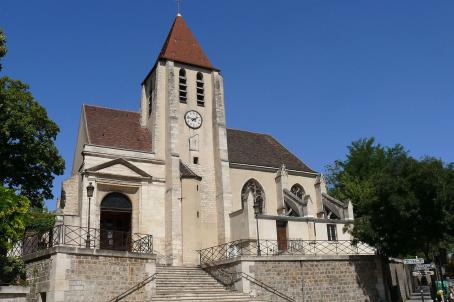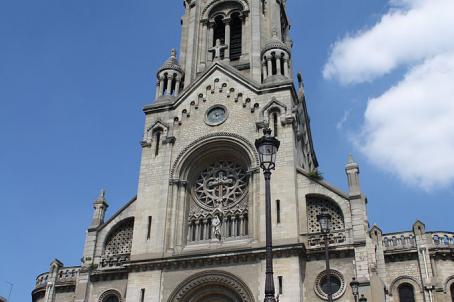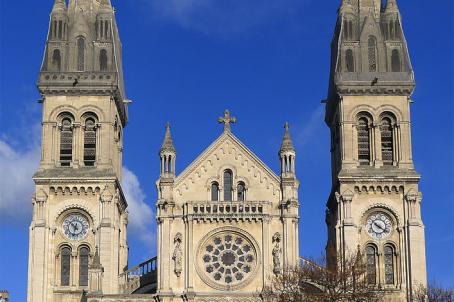Père Lachaise Cemetery

Père Lachaise Cemetery is the largest cemetery in Paris and one of the most visited in the world. More than 75,393 tombs, including famous writers, artists, politicians, etc., are located here.
About this building
A stroll through this centrally located Paris cemetery is a pleasant walk through a wonderful display of different architectural styles, with Roman-style mausoleums, intricate Gothic designs and modern sculptures.
Famous historical figures of France and the world are buried here, such as Molière, Balzac, Oscar Wilde, Edith Piaf, Marcel Proust, etc.





